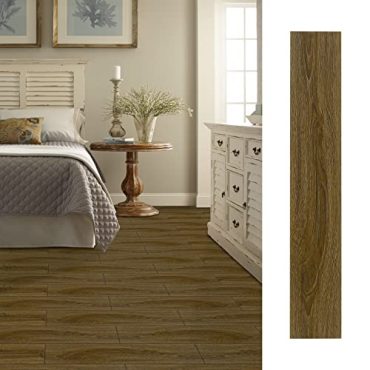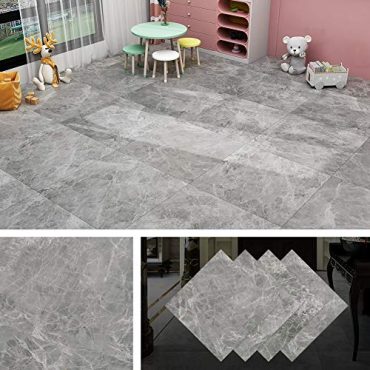Selecting the right wood floors for your space involves considering various factors to ensure that the flooring not only looks great but also suits your lifestyle and practical needs. Here’s a step-by-step guide to help you make the best choice:
- Determine Your Budget: Wood flooring comes in a range of prices, so establish a budget early on to narrow down your options.
- Consider the Style: Think about the overall style of your home. Are you aiming for a rustic look, a contemporary feel, or something more traditional? The style will influence the color, finish, and type of wood you choose.
- Assess Traffic and Usage: Consider the room’s foot traffic. High-traffic areas like hallways and living rooms might require more durable wood species and finishes. For less busy areas like bedrooms, you have more flexibility.
- Choose the Type of Wood: Common wood species for flooring include oak, maple, hickory, and walnut. Each species has unique grain patterns and colors. Choose a wood that complements your design style and color palette.
- Select a Color: Wood flooring comes in a variety of colors, from light to dark. Consider your existing furniture, decor, and the amount of natural light in the room when choosing a color that works well with the overall aesthetic.
- Decide on Plank Width: Plank width can impact the overall look of the room. Wider planks can make a room appear larger and more open, while narrower planks can create a more traditional look.
- Explore Finishes: Finishes affect the appearance and maintenance of the flooring. Matte finishes are popular for their ability to hide scratches, while glossy finishes offer a more traditional and formal look.
- Consider Engineered vs. Solid Wood: Solid wood is known for its authenticity and can be refinished multiple times. Engineered wood offers better stability in areas with humidity fluctuations, such as basements or kitchens.
- Check Sustainability: If environmental concerns are important to you, look for wood flooring that’s certified by organizations like the Forest Stewardship Council (FSC) to ensure it’s sourced sustainably.
- Think About Installation: Some wood flooring types are better suited for DIY installation, while others might require professional installation. Consider your skill level and the tools you have available.
- Test Samples: Always request samples to see how the wood looks in your space. Lighting can affect the appearance of wood, so seeing it in your home will help you make an informed decision.
- Consider Maintenance: Different wood species and finishes have varying maintenance requirements. Some woods are more resistant to scratches and wear than others.
- Get Professional Advice: If you’re unsure, consult with a professional. Flooring experts can provide guidance based on your needs and preferences.
- Read Reviews: Look for reviews of the specific wood flooring options you’re considering. This can give you insights into other people’s experiences with durability, installation, and overall satisfaction.
- Long-Term Vision: Consider how your chosen wood flooring will fit into your long-term plans for your home. Will it still be appealing and functional years down the line?
Choosing wood flooring is an investment, so take your time and gather as much information as possible before making a decision. Ultimately, you want to select a flooring option that enhances your home’s aesthetics and suits your lifestyle while providing lasting value.















